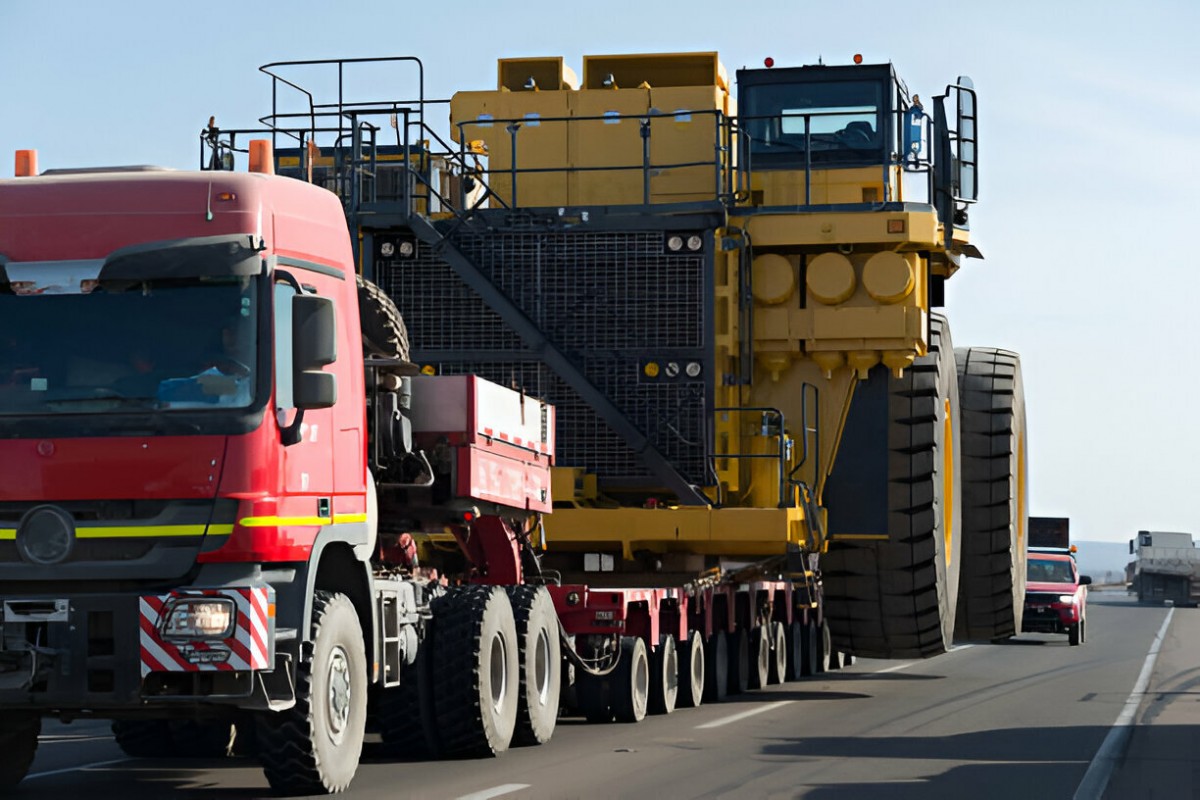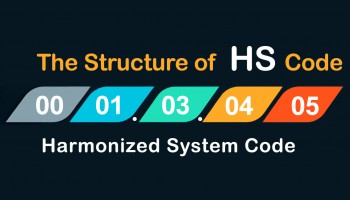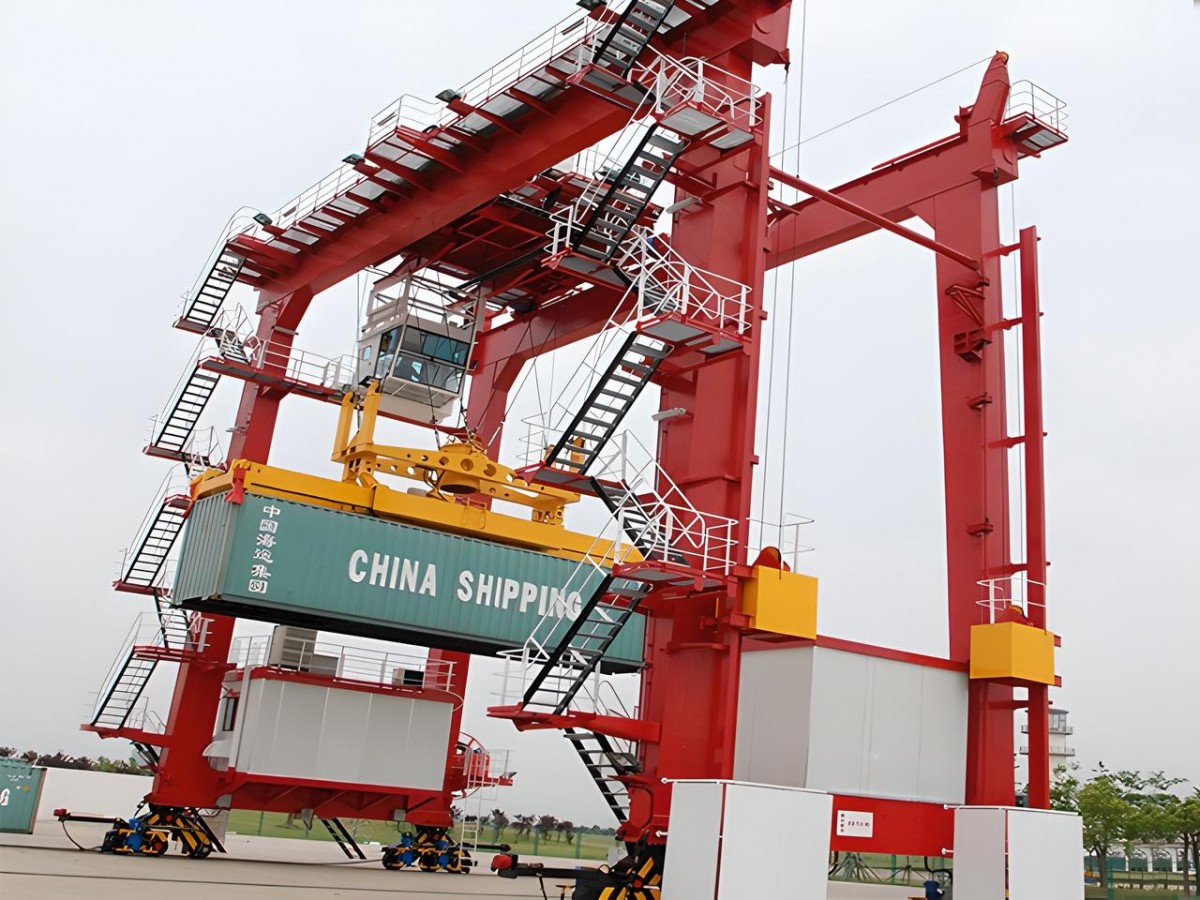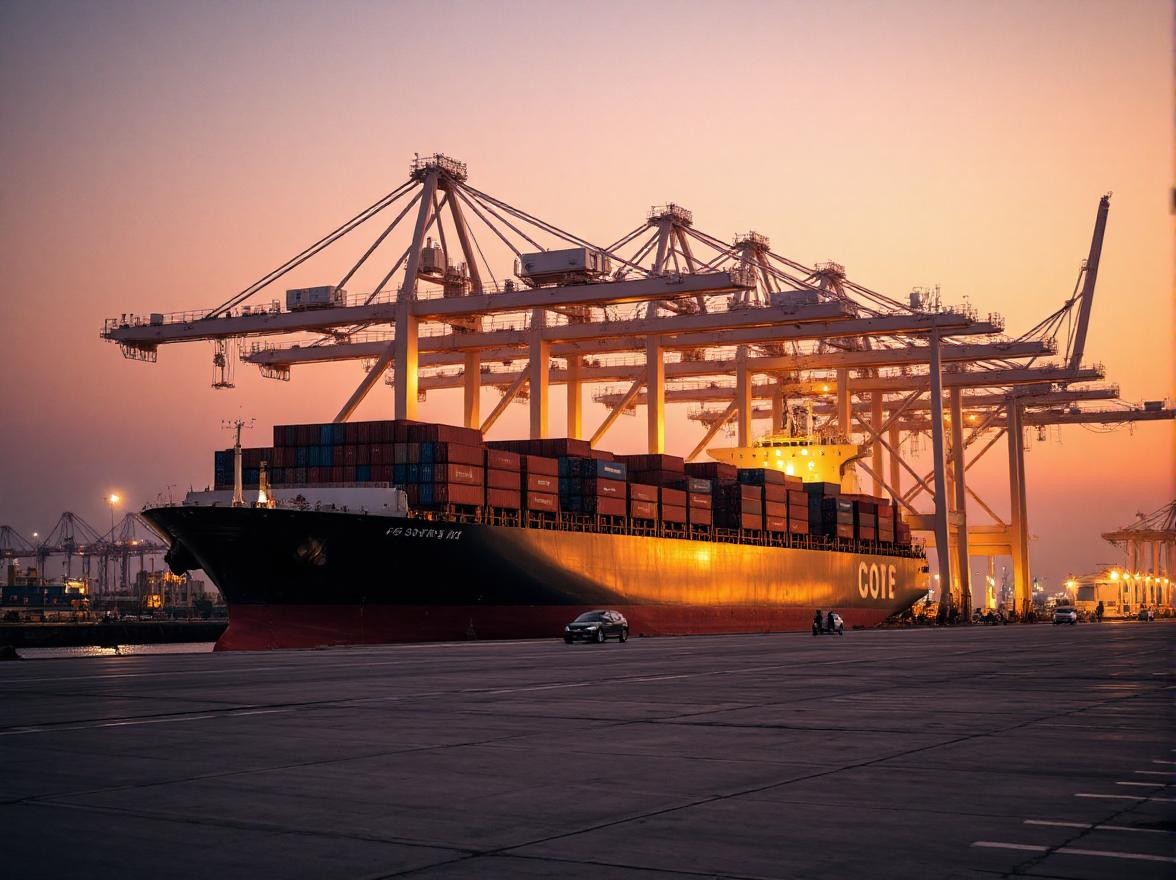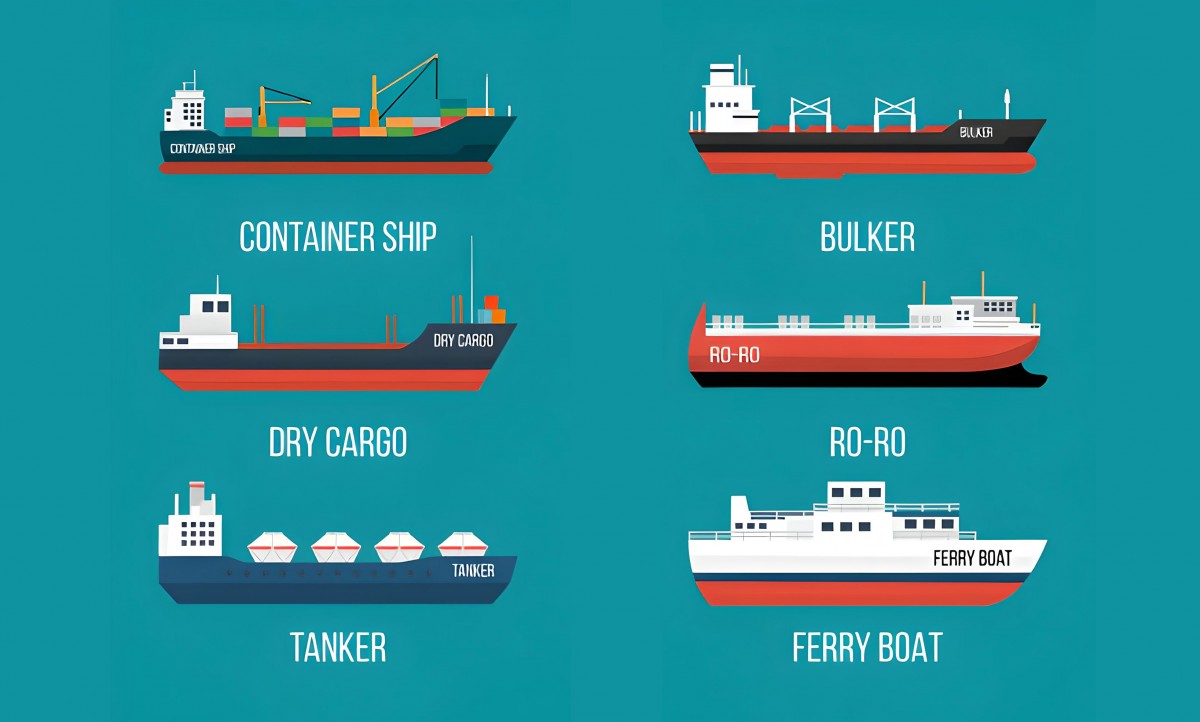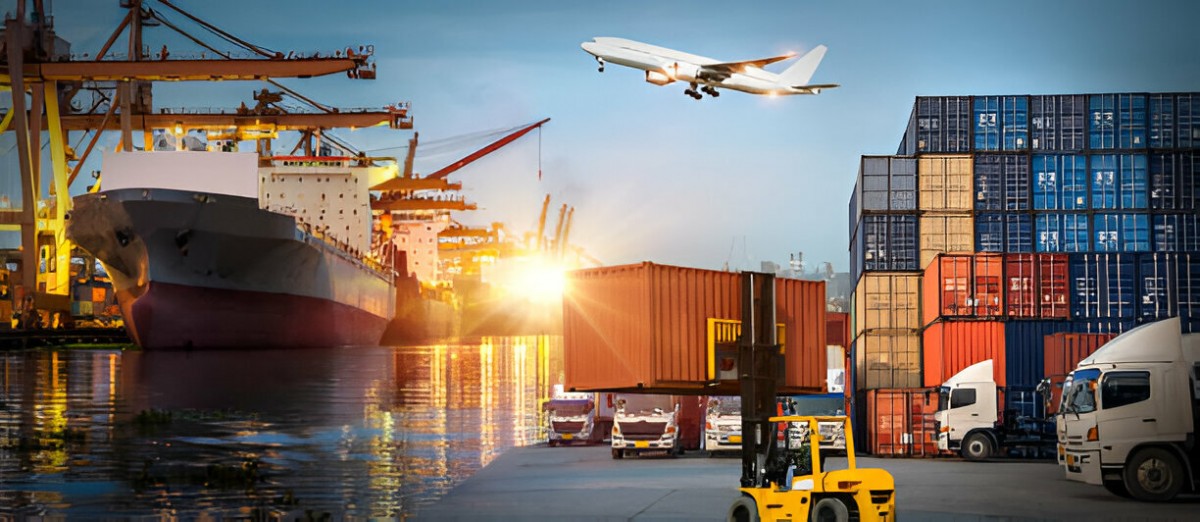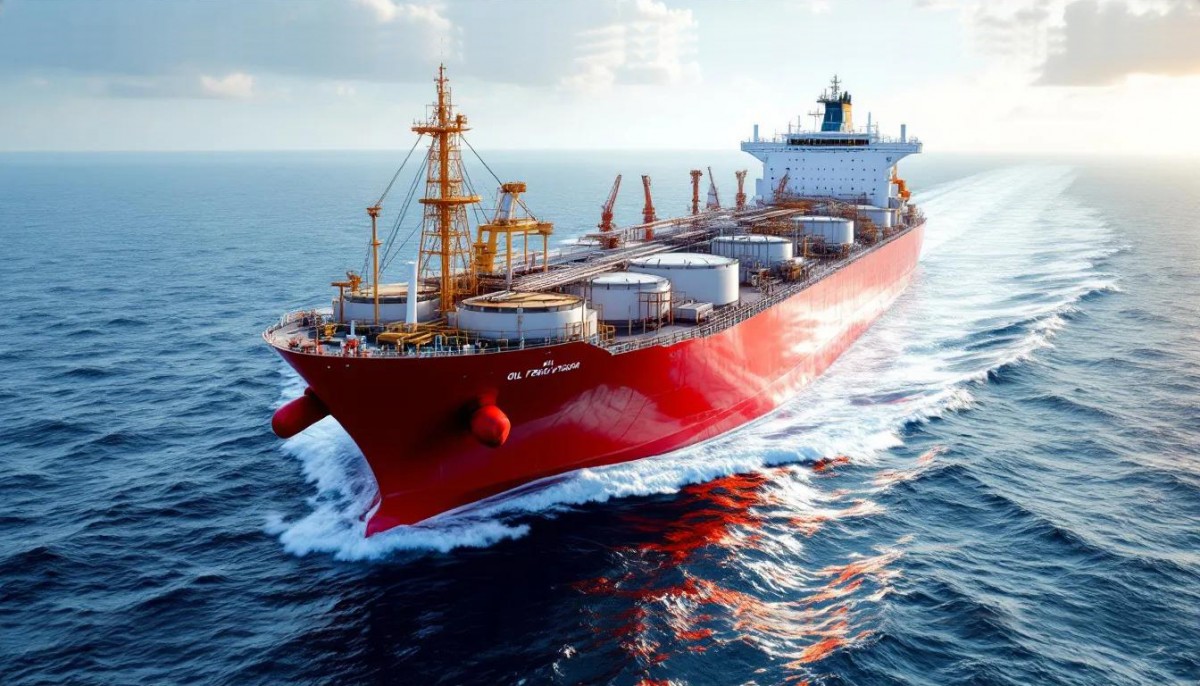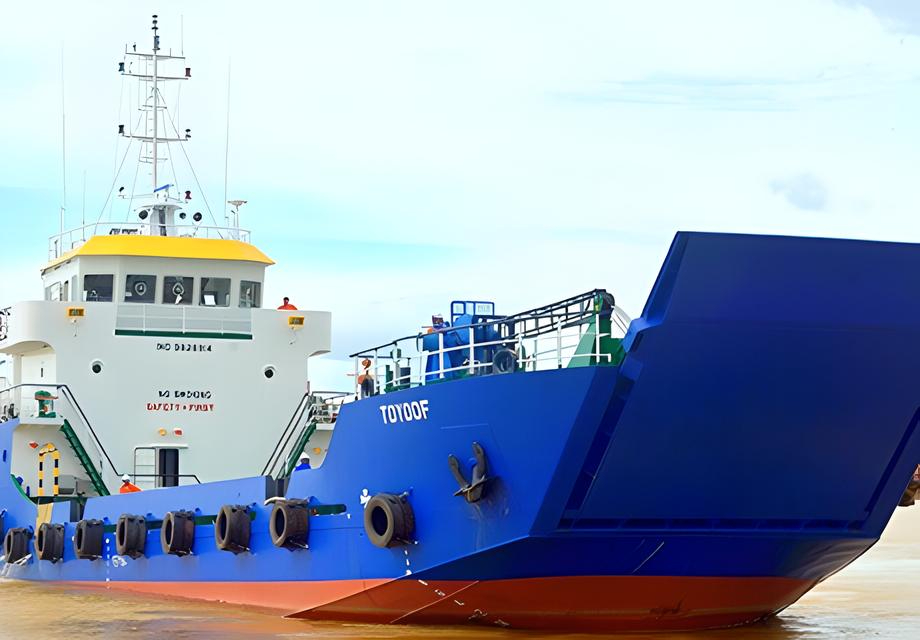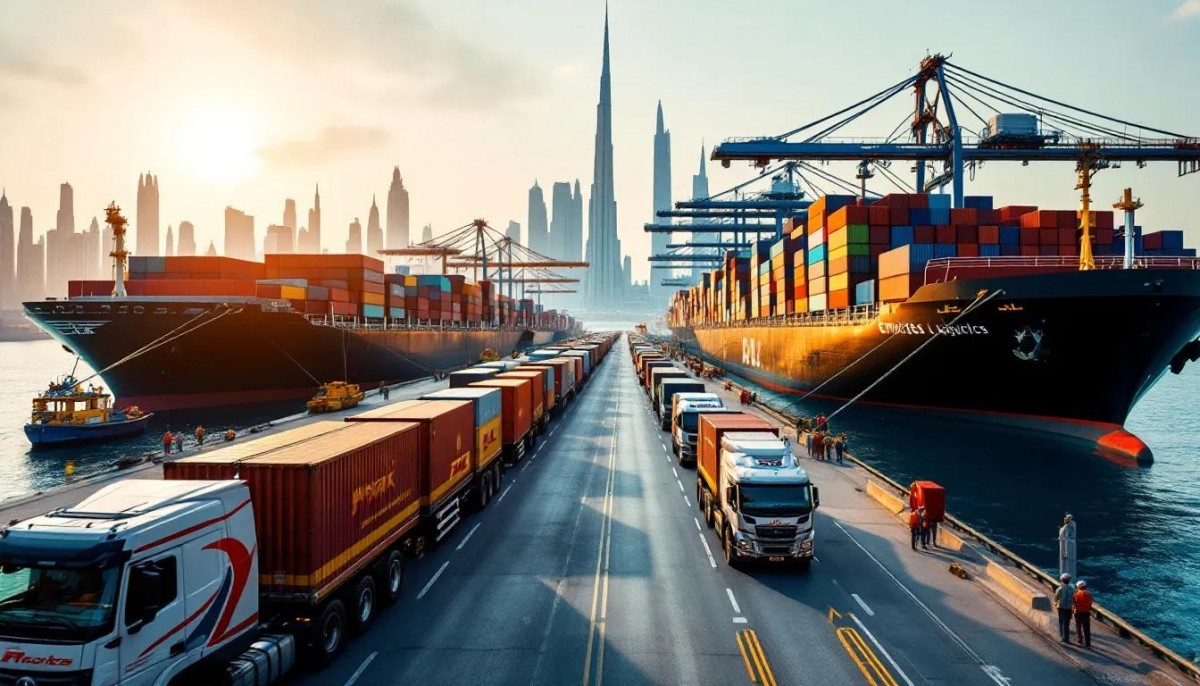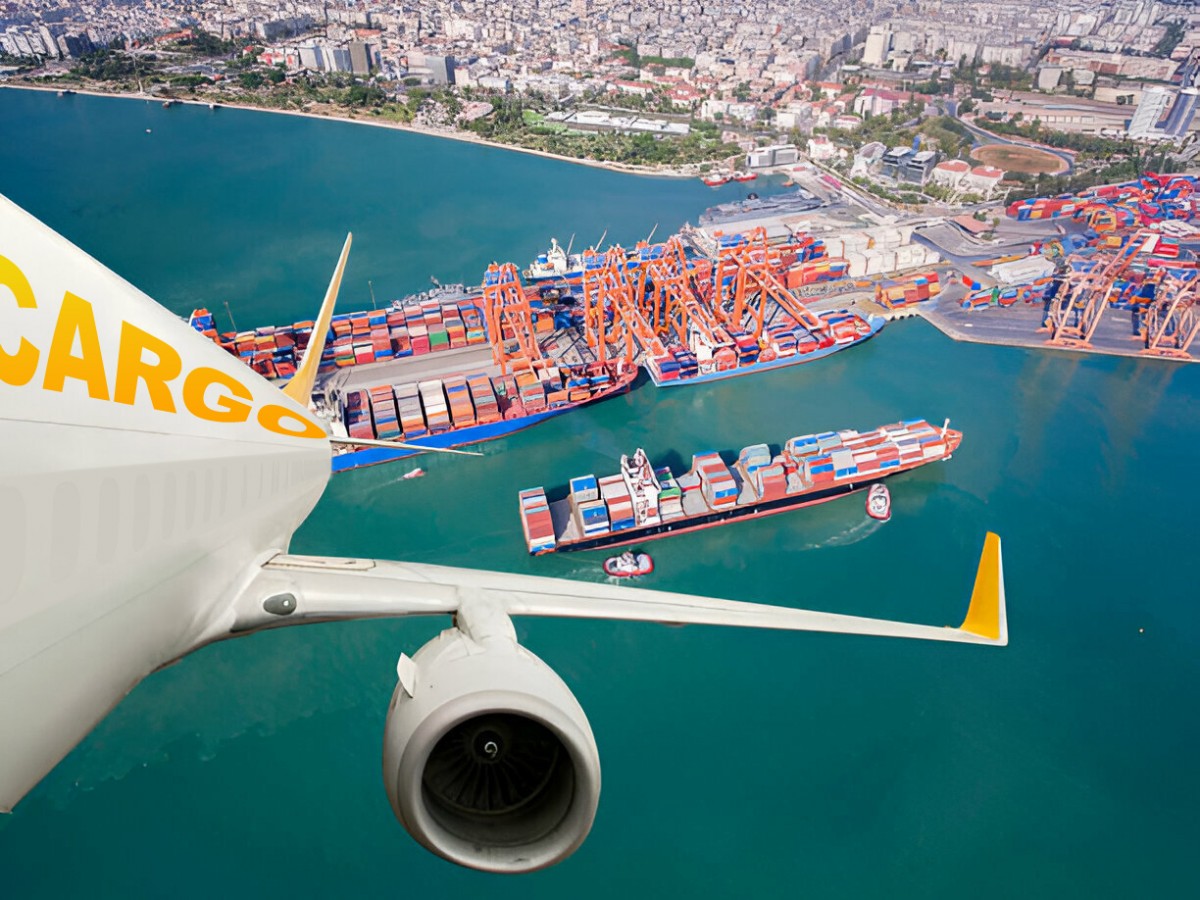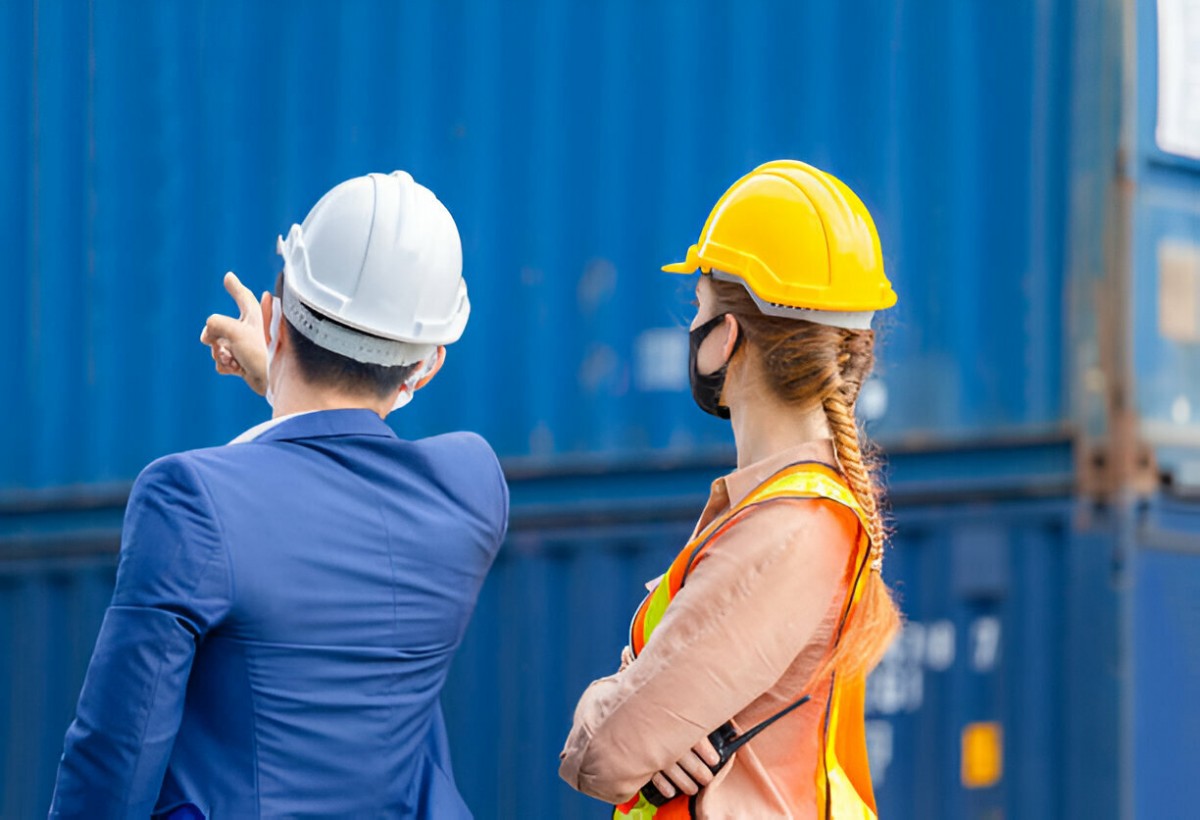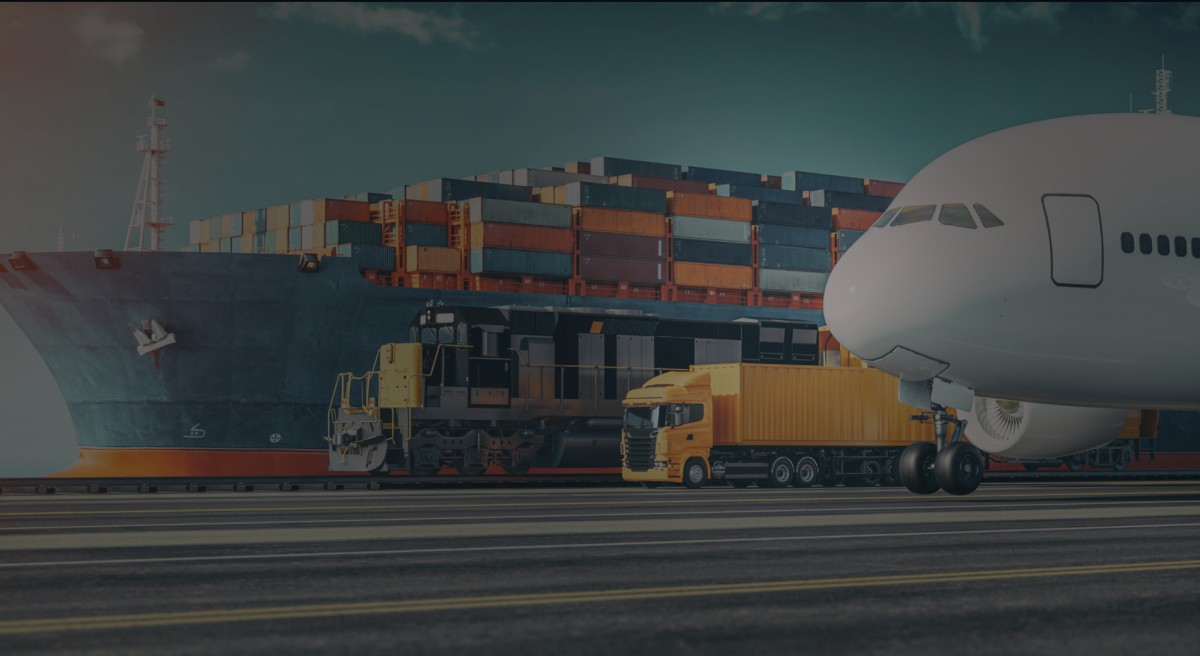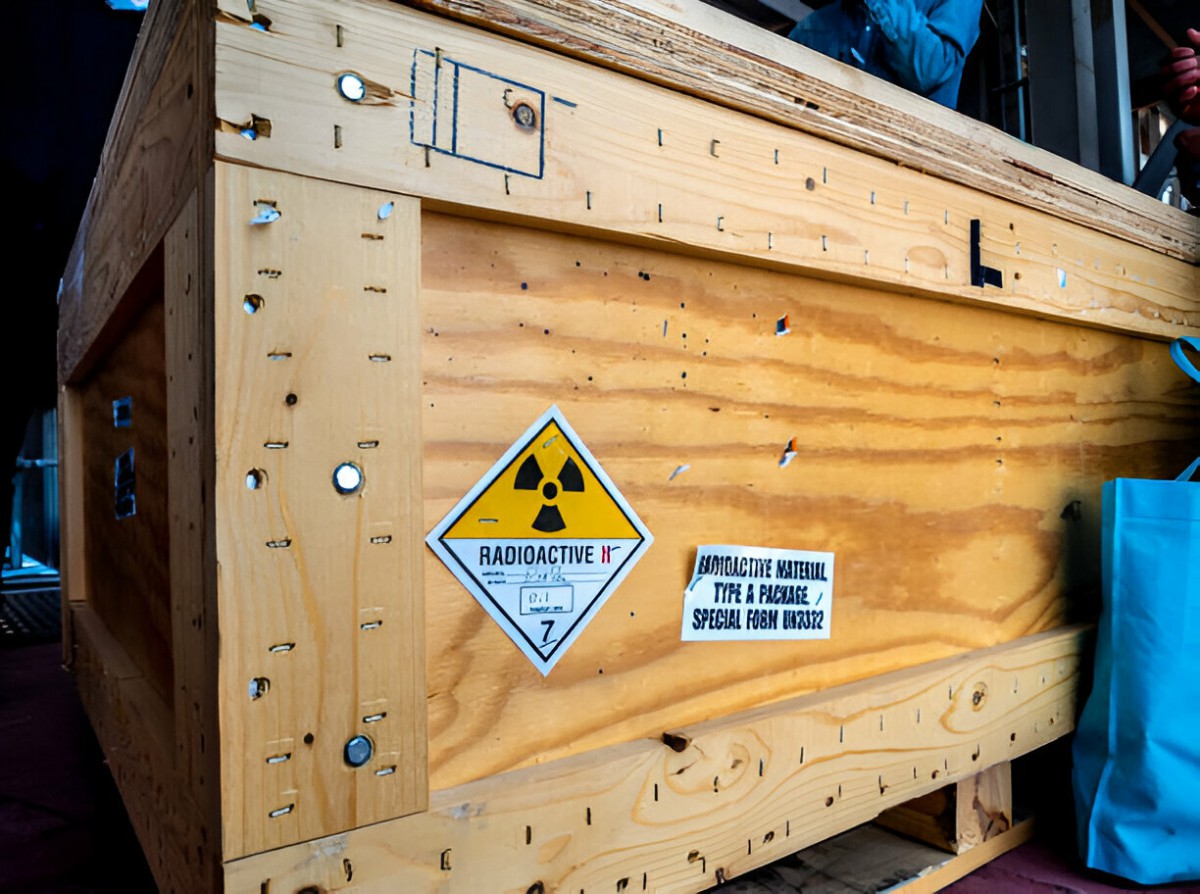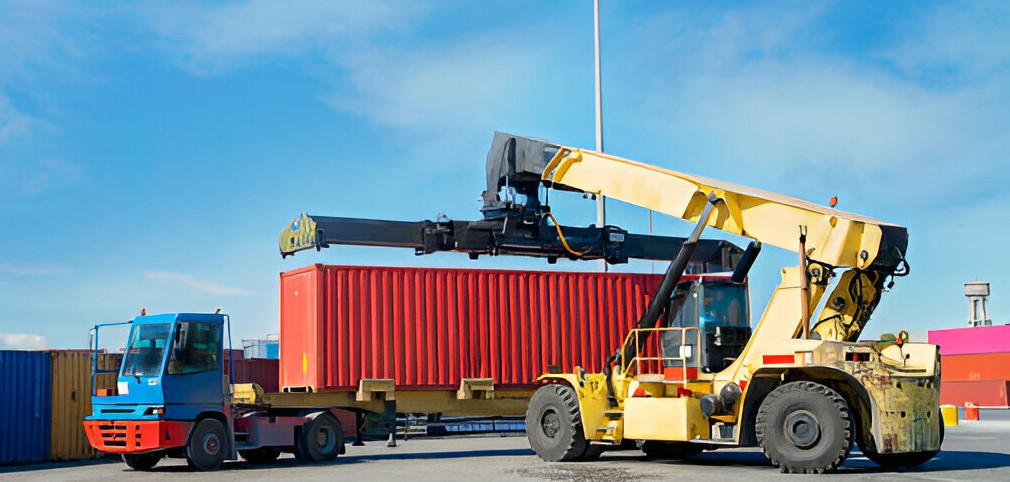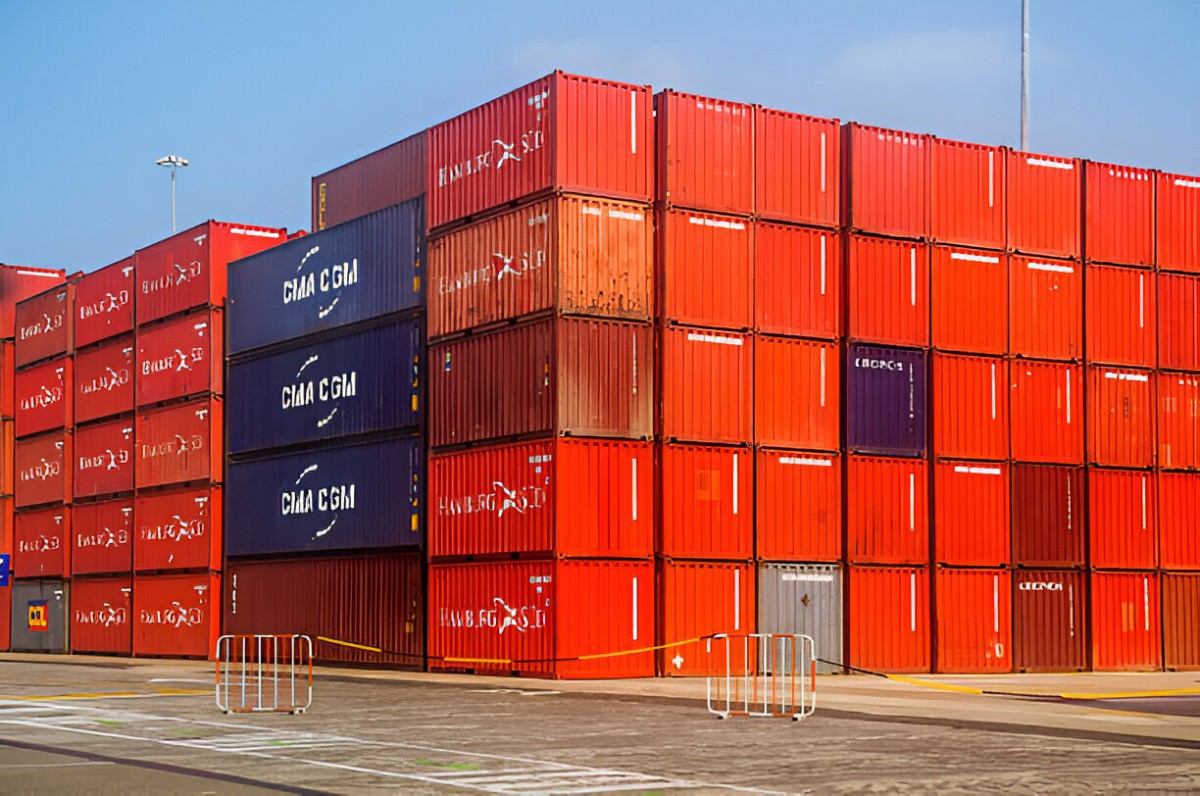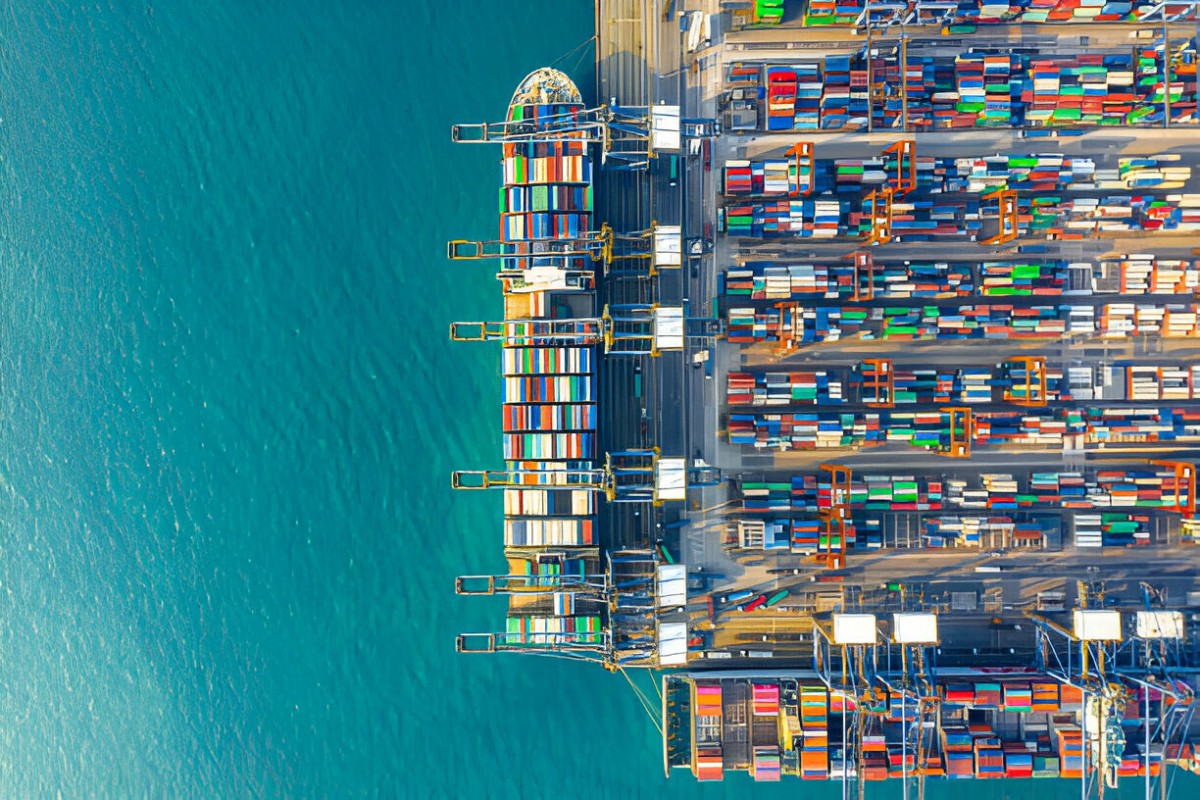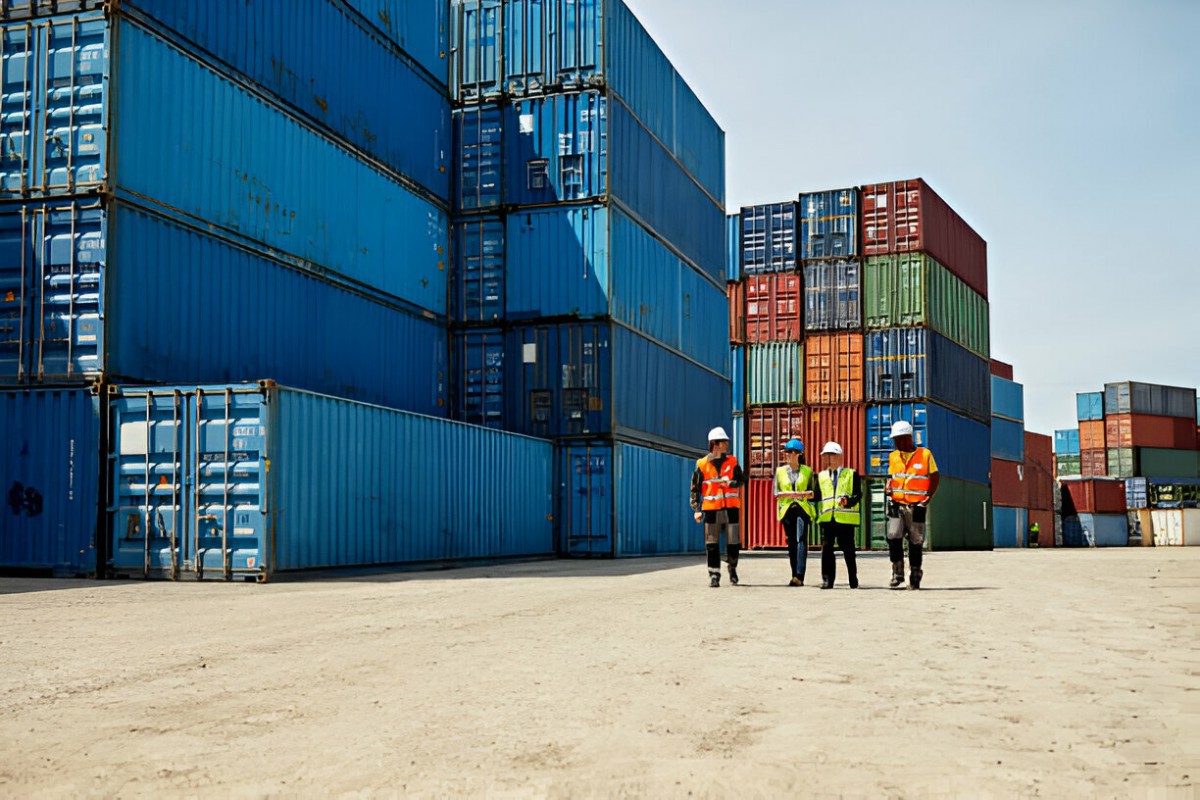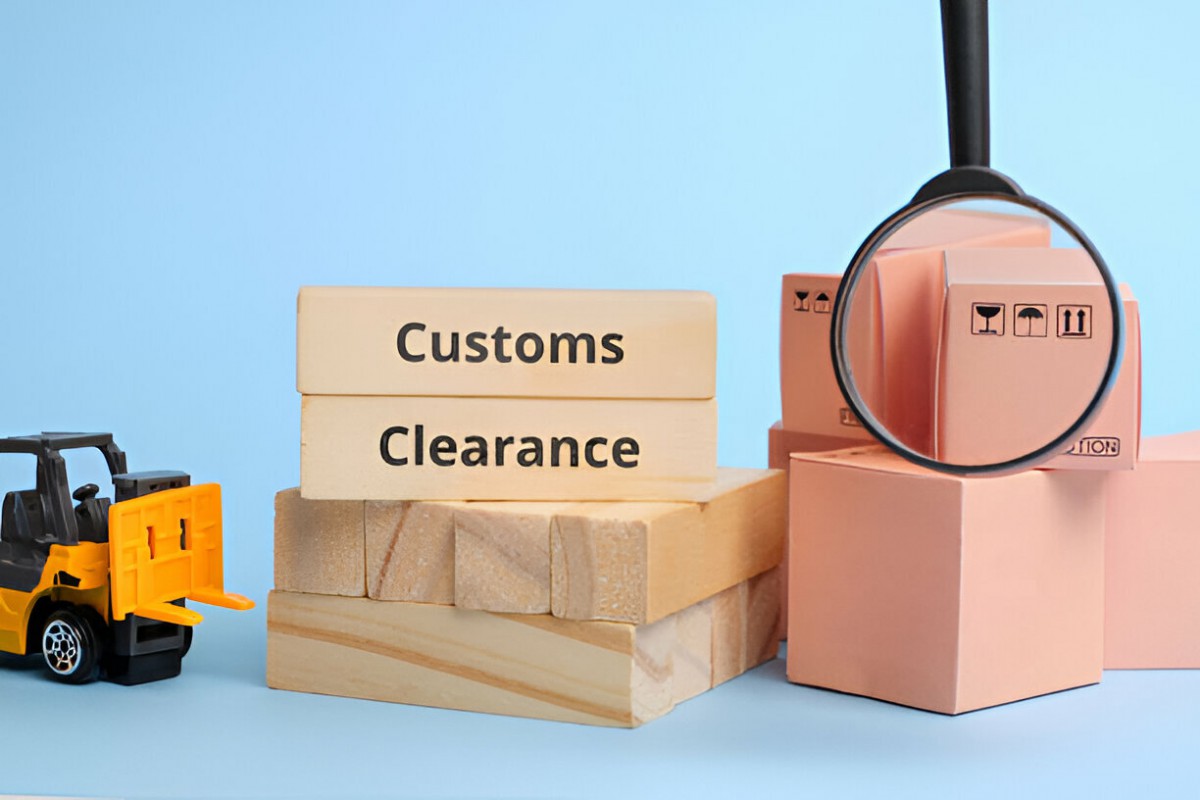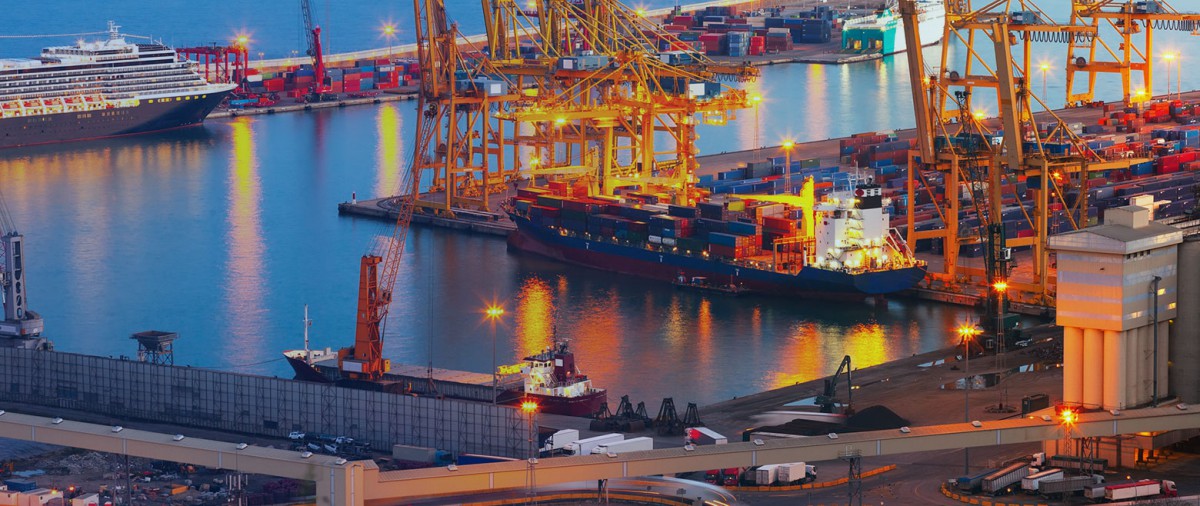Heavy haulage transport is a critical component of logistics, particularly in industries such as construction, mining, and energy. Specialized trailers play an essential role in this field, with lowbed, lowboy, and bogie trailers being among the most commonly used types.
Differences Between Lowbed, Lowboy, and Bogie Trailers in Heavy Haulage
Each trailer has unique features, advantages, and applications tailored to specific types of cargo. In this article, we’ll explore the key differences between these trailers and their respective applications in heavy haulage.
Lowbed Trailers
Lowbed trailers, often referred to as low loaders, are designed with a lowered deck height to facilitate the transportation of oversized and heavy cargo. The low profile helps lower the center of gravity, enhancing stability during transport. These trailers typically have a two or three-axle configuration, allowing them to support significant weight while maintaining balance.

Key Features
- Low Deck Height: This feature minimizes the overall height of the transported load, making it easier to navigate under bridges and power lines.
- Versatile Configuration: Lowbed trailers can come with removable goosenecks, allowing for easy loading and unloading of cargo.
- High Weight Capacity: They are designed to carry extremely heavy loads, often exceeding 60 tons, depending on the number of axles.
Applications
Lowbed trailers are commonly used for transporting:
- Heavy construction equipment (bulldozers, excavators)
- Industrial machinery (generators, turbines)
- Large structural components (steel beams, pre-fabricated units)
- Other oversized loads that require stability and a low profile.
Lowboy Trailers
Lowboy trailers are similar to lowbed trailers but often feature a more pronounced drop in height. This allows them to carry taller loads without exceeding height restrictions. Lowboys are typically characterized by their dual-level deck design, where the lower deck is specifically engineered for heavy machinery and equipment.
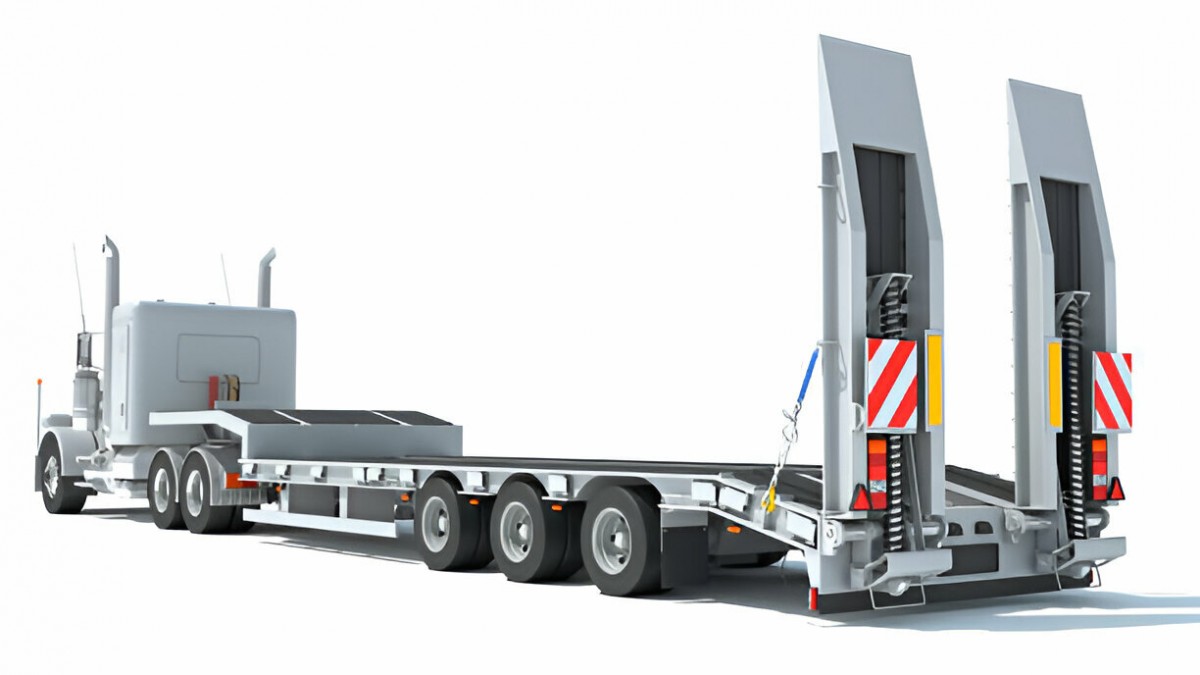
Key Features
- Dual-Level Design: The lower deck allows for a significant reduction in height, which is particularly useful for transporting tall machinery.
- Detachable Neck: Many lowboy trailers come with a detachable neck, enhancing the versatility and ease of loading and unloading.
- Sturdy Construction: Lowboy trailers are built to endure heavy loads, often with multiple axles to distribute weight effectively.
Applications
Lowboy trailers are ideal for transporting:
- Tall machinery (cranes, high trucks)
- Heavy equipment (pavers, compactors)
- Specialized vehicles (fire trucks, ambulances)
- Oversized loads requiring a low center of gravity for stability.
Bogie Trailers
Description
Bogie trailers differ significantly from lowbed and lowboy trailers in terms of design and functionality. They feature a bogie suspension system, which provides enhanced load distribution across the axles. This design is particularly useful for carrying heavy and bulky items.
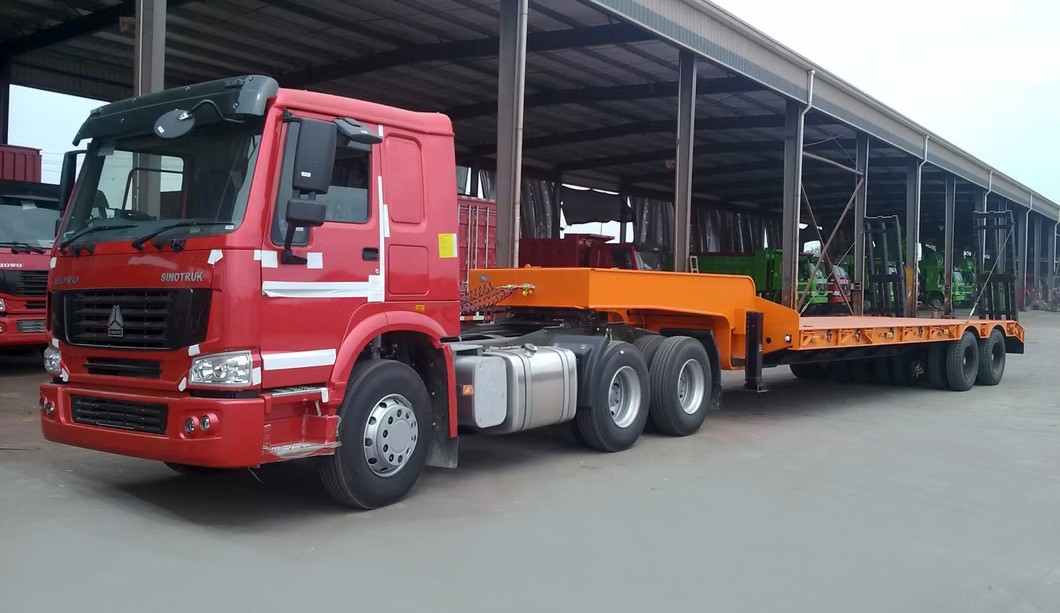
Key Features
- Bogie Suspension System: This system allows for greater flexibility and stability when transporting heavy loads, reducing the risk of damage to both the cargo and the trailer.
- Heavy Load Capacity: Bogie trailers can support exceptionally heavy weights, often reaching upwards of 100 tons or more, making them suitable for large-scale projects.
- Customizable Lengths and Configurations: Many bogie trailers can be adjusted in length or number of axles to accommodate specific loads.
Applications
Bogie trailers are predominantly used for:
- Transporting large industrial equipment (transformers, wind turbine components)
- Heavy construction machinery (large excavators, drilling rigs)
- Specialized cargo that requires extensive support and stability during transport.
Comparison of Trailers
| Feature | Lowbed Trailer | Lowboy Trailer | Bogie Trailer |
|---|---|---|---|
| Deck Height | Low | Very Low | Varies, generally higher |
| Load Capacity | High (60 tons and above) | High (up to 50 tons) | Very High (100 tons and above) |
| Axle Configuration | 2-3 axles | 2-3 axles | Multiple axles (4+) |
| Common Use | Heavy construction equipment | Tall machinery, vehicles | Large industrial equipment |
Understanding the key differences between lowbed, lowboy, and bogie trailers is essential for selecting the right trailer for heavy haulage needs. Each type of trailer is engineered with specific features and applications in mind, ensuring safe and efficient transportation of oversized and heavy loads. As industries continue to evolve and demand for specialized transportation grows, the importance of these trailers in the logistics sector cannot be overstated.
By leveraging the unique advantages of lowbed, lowboy, and bogie trailers, businesses can optimize their heavy haulage operations, ensuring timely deliveries while adhering to safety regulations and weight restrictions.

